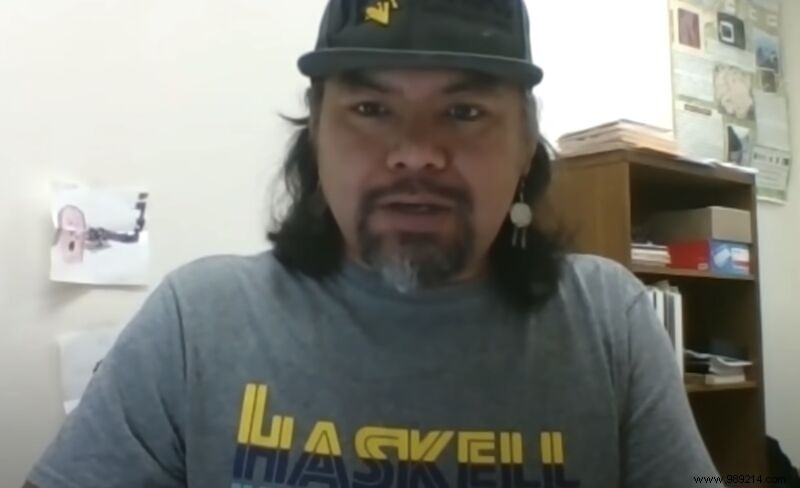Members of the Hoh Tribe in Washington State (USA) recently gained access to the high-speed internet offered by the Starlink constellation . And obviously, they are delighted.
You won't have missed it. For several months, SpaceX has been steadily deploying new Starlink satellites into low orbit with the aim of providing broadband internet access to the entire planet. To date,more than 700 of these instruments have already been launched out of the 12,000 planned. And the project divides.
On the one hand, we have astronomers who are rightly worried about the number of satellites in orbit. There are currently about 2500 operational around the Earth. The idea of deploying several thousand more will inevitably increase the risk of collisions, but will also potentially interfere with observations of the night sky.
Many experts have indeed already expressed their aversion to these new constellation projects. And for good reason, capturing photographs of low-light objects generally requires several hours of exposure time. These satellite trails could then pose a problem for telescopes that view large swaths of the sky in visible and infrared light.
That said, not everyone sees things the same way. Some even welcome these new satellites with open arms. Like the Hoh, a Native American tribe present in the Northwestern United States , and more particularly in the State of Washington.
Regarding the internet coverage offered by Starlink, Elon Musk said a few months ago that 500 to 800 satellites in orbit would be needed for the service to start rolling out. In other words, here we are. Also for a few weeks, SpaceX employees have already been using Starlink terminals to collect latency statistics and perform standard system speed tests.
That said, SpaceX employees aren't the only ones testing this first beta. Recently, the company also invited several inhabitants of the northern United States to test the system. The Hohs, in particular, were able to access it thanks to the Washington State Department of Commerce.
“The Hoh tribe called us at the start of the pandemic, telling us that they were having tremendous difficulty connecting or staying connected” , explains Russ Elliott, director of the Washington State Broadband Office. “They had very limited internet access and were worried about the future” .
Also, as soon as the SpaceX beta arrived, "we introduced the Starlink folks to the Hoh tribe" , he continues. The Hohs then shared their story, before finally joining the beta program. And the least we can say is that they are very enthusiastic.
Melvinjohn Ashue, Vice Chairman of the Tribe's Steering Committee, recently shared this experience in a video.“We're far apart” , he explained. “During the past few years, I felt that we were paddling with a spoon and that we weren't going anywhere with the internet. SpaceX then arrived and catapulted us into the 21st century” .
Thanks to these services, Melvinjohn Ashue assures that the young people of the tribe can now take advantage of online courses to educate themselves. Telemedicine, he also explains,"will no longer be a problem" .

Thus, even if some fears seem justified, n Let's not forget either that the stated objective of Elon Musk, by deploying his Starlink constellation, was above all to bring the Internet to the most remote regions of the world (and often the poorest). And obviously, some are very happy with it.
Incidentally, let's remember that SpaceX is aiming for 40 million subscribers to the Starlink network by 2025. This could bring in 30 billion dollars per year to the company. What to finance, why not, a space program for a future Martian exploration?